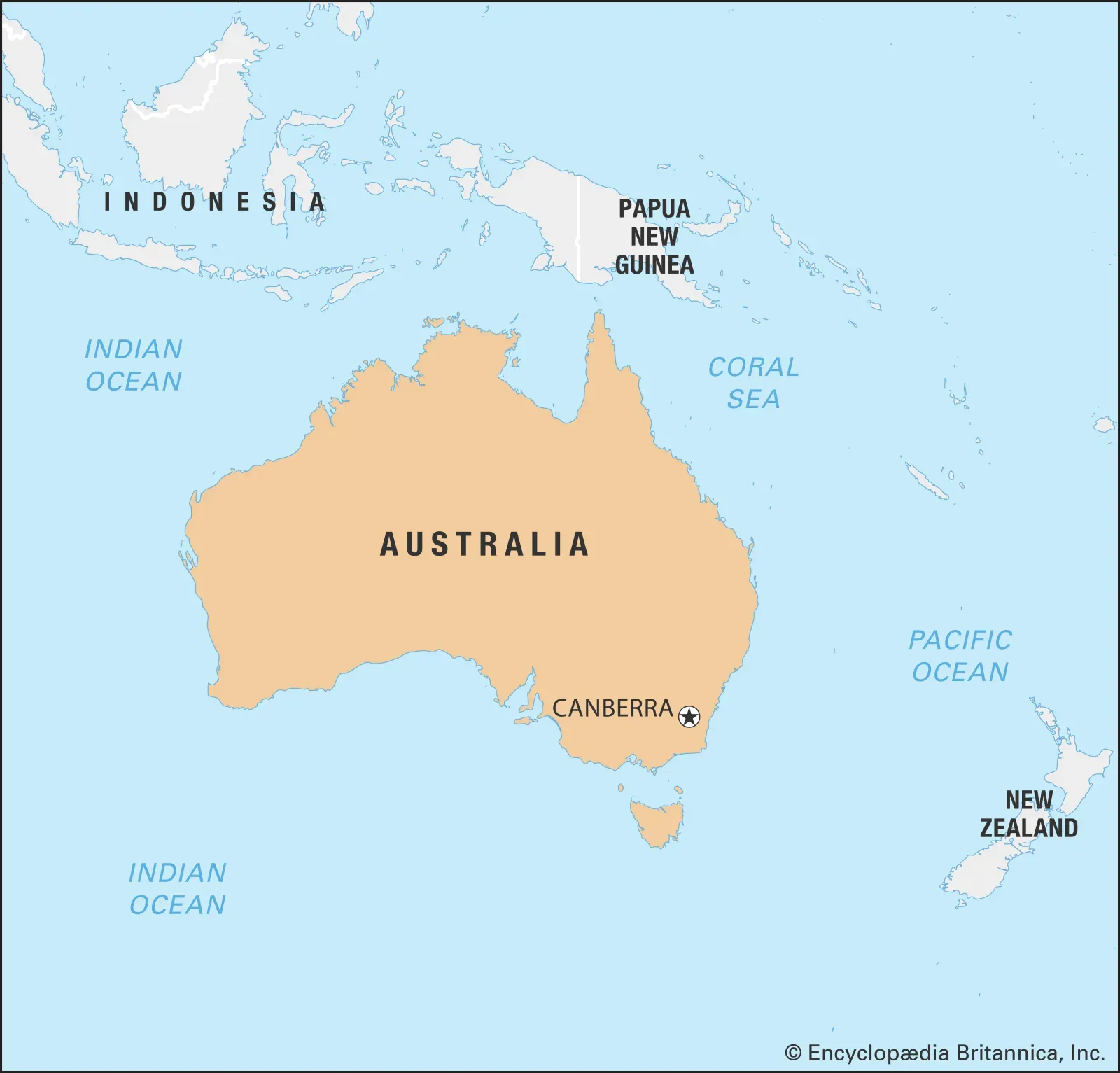How Do Deserts Form?
Deserts form primarily due to the combination of climatic and geographical factors. Regions with high pressure systems experience descending air that absorbs moisture, leading to arid conditions. Mountains can create rain shadows, where moist air rises, cools, and loses its moisture on one side, leaving the other side dry. Cold ocean currents can also contribute by cooling air, reducing its moisture-carrying capacity. Human activities, such as deforestation and overgrazing, can further exacerbate desertification by degrading soil and vegetation.

Deserts are fascinating ecosystems characterized by their arid conditions and stunning landscapes. Understanding how deserts form is crucial for grasping the broader dynamics of our planet's climate and geography. There are several processes and factors that contribute to the formation of these unique environments. Below, we delve into the key elements that lead to the development of deserts.
1. Climate and Weather Patterns
The primary factor in desert formation is the climate. Most deserts are found in regions where precipitation is minimal, typically less than 250 mm (10 inches) annually. The key climate types associated with deserts are:
| Climate Type | Description |
|---|---|
| Arid | Extremely low rainfall, leading to dry conditions. |
| Semiarid | Somewhat more rainfall than arid regions but still significantly low. |
| Polar | Cold deserts that receive little precipitation, often in the form of snow. |
In addition to low precipitation, deserts often experience high temperatures during the day and significant temperature drops at night. This fluctuation is due to the lack of moisture in the air, which normally helps to retain heat.
2. Geographic Location and Topography
Geography plays a vital role in desert formation. Many deserts are located in specific latitudinal zones. For example, the ''Tropics of Cancer and Capricorn'' are known for their deserts due to the consistent high-pressure systems that inhibit cloud formation and precipitation. Additionally, the topography of an area can affect its precipitation patterns:
| Topographic Feature | Impact on Desert Formation |
|---|---|
| Mountain Ranges | Rain shadows occur as moist air ascends mountains, losing moisture on the windward side. |
| Continental Interiors | Areas far from oceans typically receive less moisture, contributing to arid conditions. |
The ''rain shadow effect'' is particularly significant in desert formation. When moist air rises over a mountain range, it cools and loses moisture, resulting in dry conditions on the leeward side, which can lead to desert landscapes.
3. Ocean Currents and Winds
Ocean currents also play a critical role in desert formation. Cold ocean currents can lower the temperature of the air above them, reducing the capacity for moisture in the atmosphere. This leads to drier coastal regions. The interaction of wind with these currents can further exacerbate arid conditions.
4. Human Activity
In recent decades, human activity has also contributed to the formation and expansion of deserts. Deforestation, urbanization, and agricultural practices can lead to soil degradation and the loss of vegetation cover. This, in turn, affects local climate conditions, making areas more susceptible to desertification.
5. Types of Deserts
Deserts come in various forms, each with unique characteristics shaped by the factors mentioned above. The major types of deserts include:
| Type of Desert | Characteristics |
|---|---|
| Hot Deserts | High temperatures, low rainfall (e.g., Sahara, Mojave). |
| Cold Deserts | Cold winters, low precipitation (e.g., Gobi, Great Basin). |
| Coastal Deserts | Located near coasts, influenced by cold ocean currents (e.g., Atacama). |
Each type of desert has developed through a unique combination of climate, geography, and human impact, leading to diverse ecosystems that require specialized adaptations from flora and fauna.
6. Conclusion
The formation of deserts is a complex interplay of climatic, geographic, and anthropogenic factors. Understanding how deserts develop is essential for conservation efforts and managing resources in these fragile ecosystems. As climate change continues to impact weather patterns, it is crucial to monitor and study desert areas to mitigate potential negative effects on biodiversity and human populations.
In summary, deserts are not merely barren landscapes; they are dynamic environments shaped by a multitude of processes. By recognizing the factors that contribute to desert formation, we can better appreciate their importance and the need for sustainable practices to protect these unique ecosystems.












